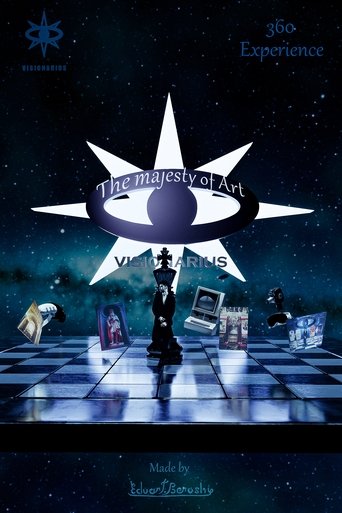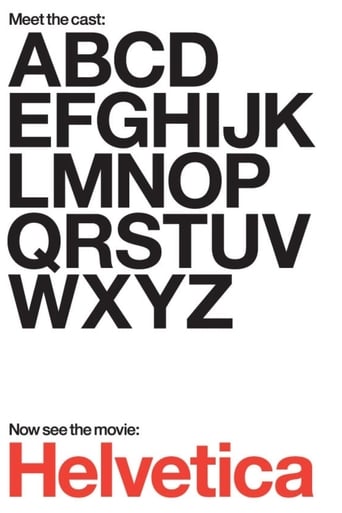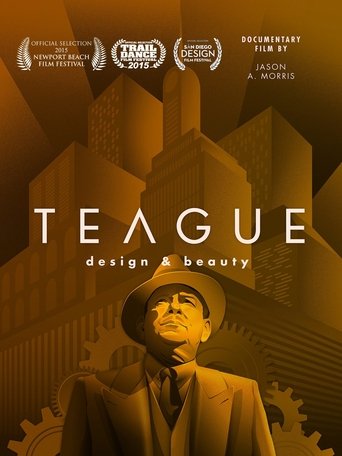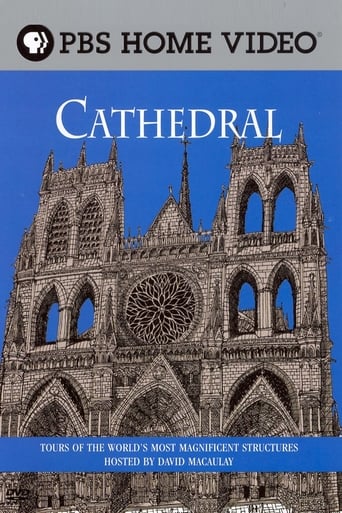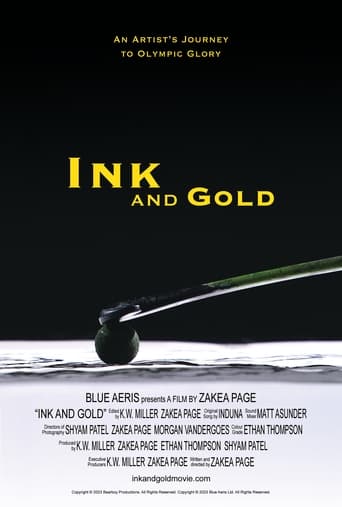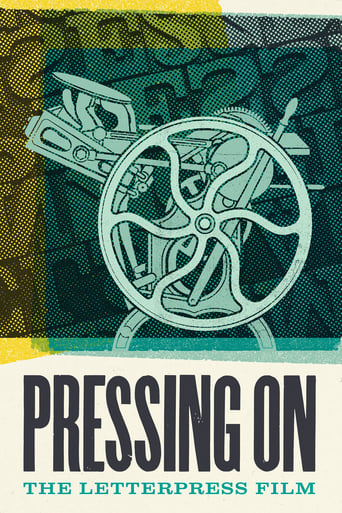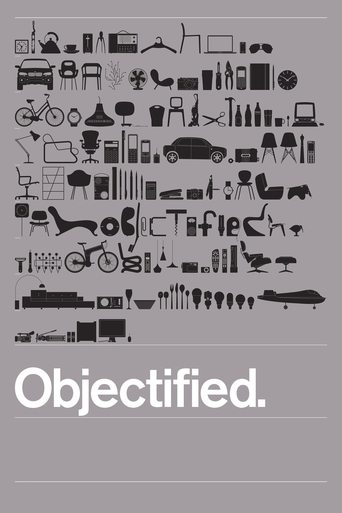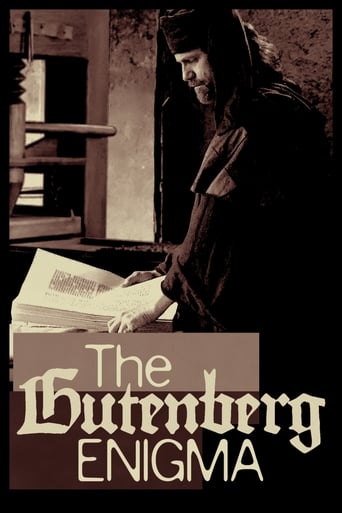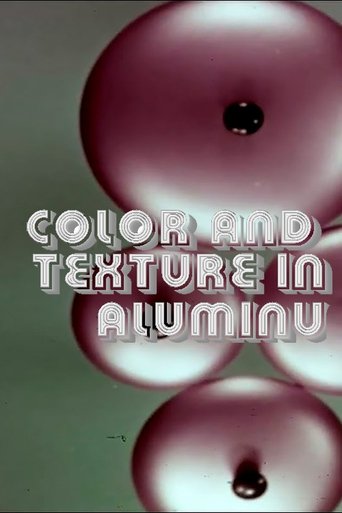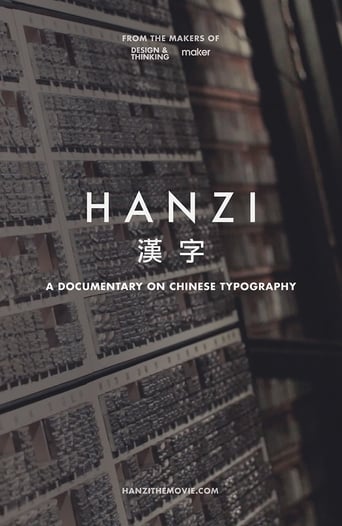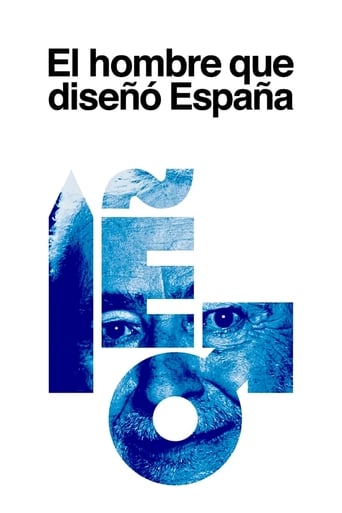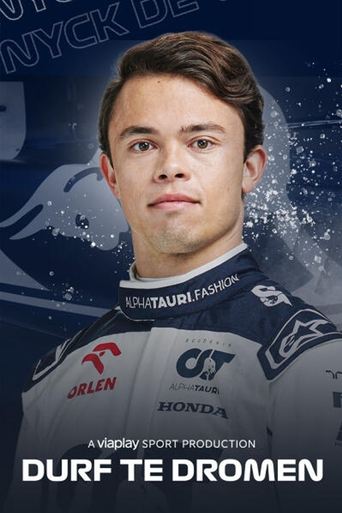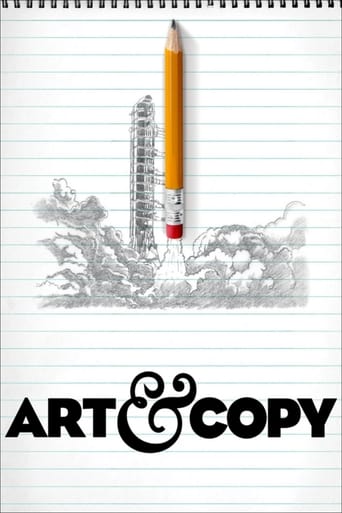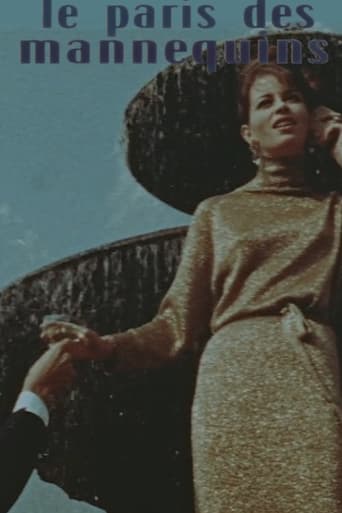Everything Must Change: Piet Zwart
A fascinating documentary about Piet Zwart (1885–1977), an idiosyncratic and stubborn designer, who lived for innovation and prepared the way for the international success that is now known as Dutch Design. Piet Zwart worked as an interior and industrial designer, commercial typographer, photographer, critic and lecturer, playing a key role in defining the design climate in the Netherlands in the Twentieth Century. He is especially known for designing the famous ‘Piet Zwart’ kitchen for the Dutch company Bruynzeel: a kitchen that could be easily produced and consisted of standardized elements. His versatility and influence on present-day designers led the Association of Dutch Designers to award him the title of “Designer of the Century” in 2000.
